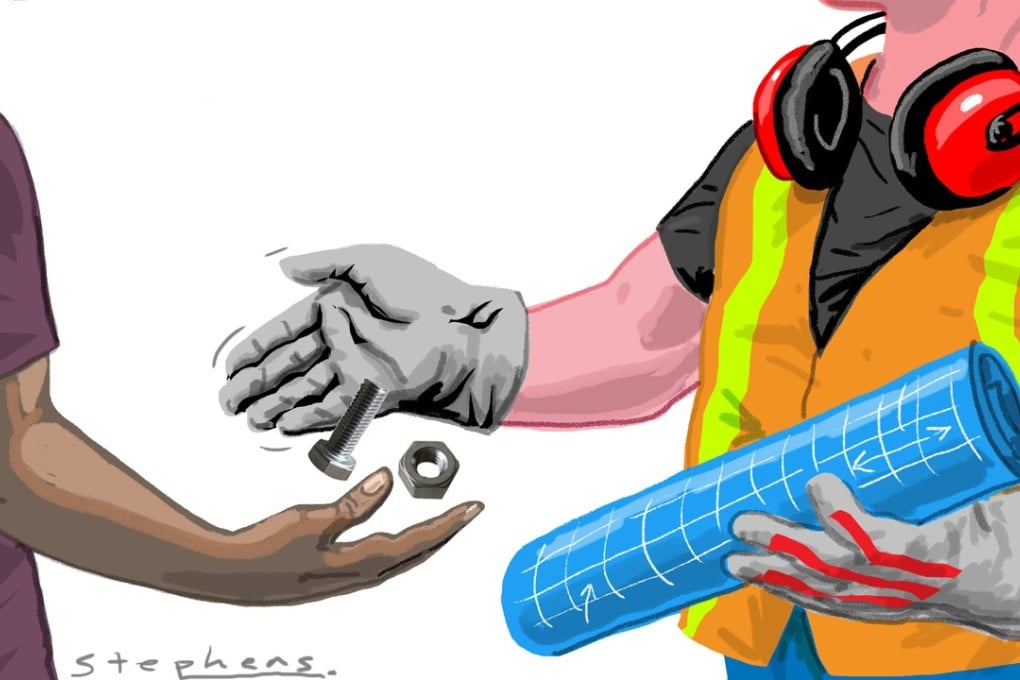Advertisement
Opinion | China’s belt and road plan is a lesson for the West in how to reframe the global growth model, to focus on infrastructure for the developing world
- Andy Xie says Western foreign aid focuses on poverty alleviation and is misguided. The West has been sensitive about China’s belt and road plan, when it should see the merit of giving billions in infrastructure aid to the developing world
Reading Time:3 minutes
Why you can trust SCMP
0

When the latest Apec summit ended without the traditional communique for the first time, it looked like another casualty of the Sino-American trade war. But the host country, Papua New Guinea, has emerged as a clear winner in these tricky times. To keep up with China’s infrastructure push into developing countries, the United States and Australia are also giving Papua New Guinea infrastructure aid.
Western foreign aid has gone down the wrong path in the past two decades, as multinational aid agencies like the World Bank shift priorities from infrastructure investment to poverty alleviation. As good as poverty alleviation sounds, it often, in effect, traps people in poverty. Without massive capital formation, no country can rise above poverty; yet, capital formation is not immediately profitable. For most developing countries, massive foreign aid – in the form of the US’ Marshall Plan or China’s Belt and Road Initiative – is necessary.
The West has been so sensitive about the belt and road plan, precisely because it is that appealing to the developing world. Consider the alternative: how disastrous a misguided foreign aid policy has proved, for Europe and the US. Refugees from the Middle East and North Africa have flooded into European countries, while central American migrants are heading towards the US. Migration has been politically destabilising, giving rise to right-wing extremism in both Europe and the US. The West should be thankful for projects like the belt and road plan, which could stabilise its borders.

Instead, Western governments and media have portrayed the belt and road strategy as a cunning Chinese scheme to trap aid recipients in debt and control them through leverage. This story ignores the fact that sovereign borrowers rarely pay off foreign debts, and that the most severe punishment is being shut out of the international capital market for a few years. But, all the while, the physical assets on the ground are lifting the borrowers.
Even if a borrowing country chooses to give up control of an asset to China, there is still some benefit for the borrower. China would want to make the asset work, so it could reap some return on its investment. When the asset becomes productive, it boosts the local economy. The bottom line is that some stuff on the ground is better than none.
Advertisement
